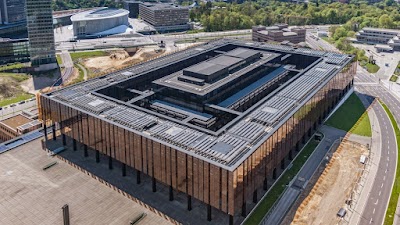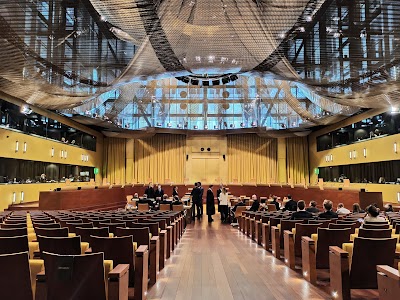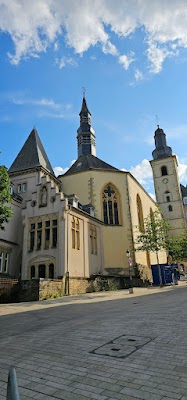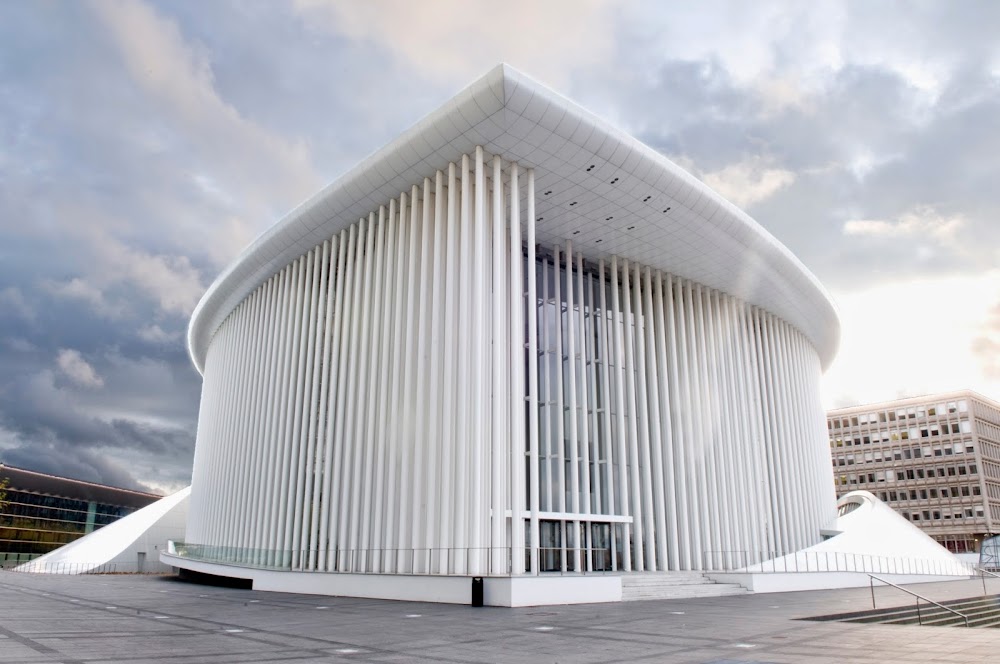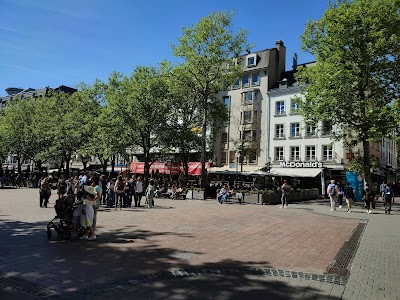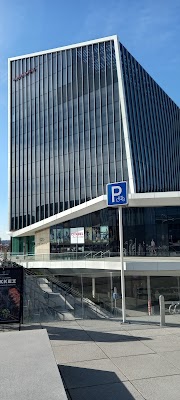European Court of Justice (Cour de justice de l'Union européenne)
Overview
The European Court of Justice (ECJ), nestled in the vibrant Kirchberg Plateau of Luxembourg, is one of the cornerstone institutions of the European Union. This remarkable complex offers visitors a captivating glimpse into the intricacies of the EU's legal system and stands as an iconic landmark that no traveler should miss when exploring Luxembourg.
Founded in 1952 as the Court of Justice of the European Coal and Steel Communities, the ECJ is one of the EU's oldest institutions. Its primary mission is to ensure that European Union law is interpreted and applied consistently across all member states. This uniformity fosters legal unity and cooperation among the diverse nations of Europe, making the ECJ an essential body in maintaining the integrity of EU law.
The significance of the ECJ in the heart of Europe cannot be overstated. It adjudicates cases brought forth by EU member states, institutions, and private individuals, making it a pivotal player in the evolution of EU law. The court's rulings have profound implications, shaping legislation and judicial practices throughout Europe and reinforcing the rule of law across the continent.
The ECJ complex itself is an architectural marvel. Its modern design reflects both aesthetic appeal and functional efficiency, symbolizing the transparency and strength of the judicial process. A standout feature is the Tower Building, soaring to 100 meters, making it one of the tallest structures in Luxembourg. This tower represents not just an office space but the pinnacle of legal endeavor and justice.
For curious visitors, the ECJ provides guided tours that delve into its functions and architectural beauty. These tours are particularly appealing to those interested in law, history, and European affairs. Multilingual guides cater to a diverse audience, ensuring that every visitor leaves with a richer understanding of the court's pivotal role within the EU.
Inside, the courtrooms are embodiments of both design and formality. The Grand Chamber, where landmark cases are deliberated, exudes legal gravitas, equipped with cutting-edge facilities that honor traditional judicial decorum. Visitors have the unique opportunity to observe judicial proceedings when the court is in session, offering a rare chance to witness European law in action.
One of the most fascinating aspects of the ECJ is its involvement in landmark rulings that have significantly shaped European integration and law. Cases like the Costa v ENEL ruling in 1964, which established the supremacy of EU law over national legislation, highlight the court's profound influence. These historic decisions are prominently featured in the court's exhibits and educational programs, providing visitors with deeper insights into the legal foundations of the EU.
The surrounding Kirchberg area is equally captivating. A bustling hub of EU institutions—including the European Investment Bank and various EU Commission offices—this district is rich in modern architecture, cultural sites, and green spaces. After your visit to the court, enjoy a leisurely walk or dine at one of the many excellent restaurants that offer both local and international cuisine.
For history enthusiasts, the European Court of Justice is not just a judicial institution; it is a testament to Europe's commitment to unity and justice. Each ruling made here reflects legal reasoning and the collective aspirations of a continent striving for harmony and development.
Lastly, Luxembourg itself, with its rich history and vibrant culture, serves as the perfect backdrop for the ECJ. Nearby historical sites, such as the Luxembourg City History Museum and the Grand Ducal Palace, add layers of context to your visit. The seamless blend of ancient and contemporary that characterizes Luxembourg is mirrored in the ECJ, making it a poignant symbol of modern Europe.
In conclusion, a visit to the European Court of Justice in Luxembourg is both educational and inspiring. It offers a unique insight into European law, history, and culture, making it a must-visit destination for tourists interested in the monumental project of European unity and legal cooperation. Whether you are a history buff, a law enthusiast, or simply an inquisitive traveler, the ECJ promises a memorable experience.


